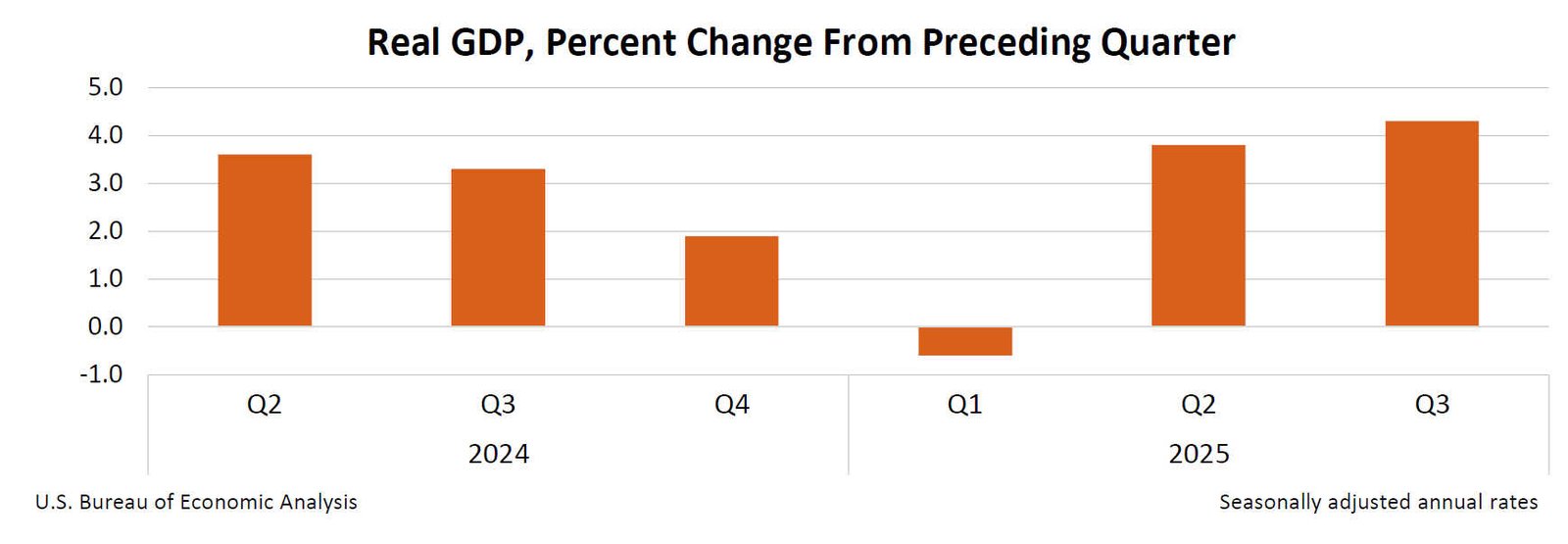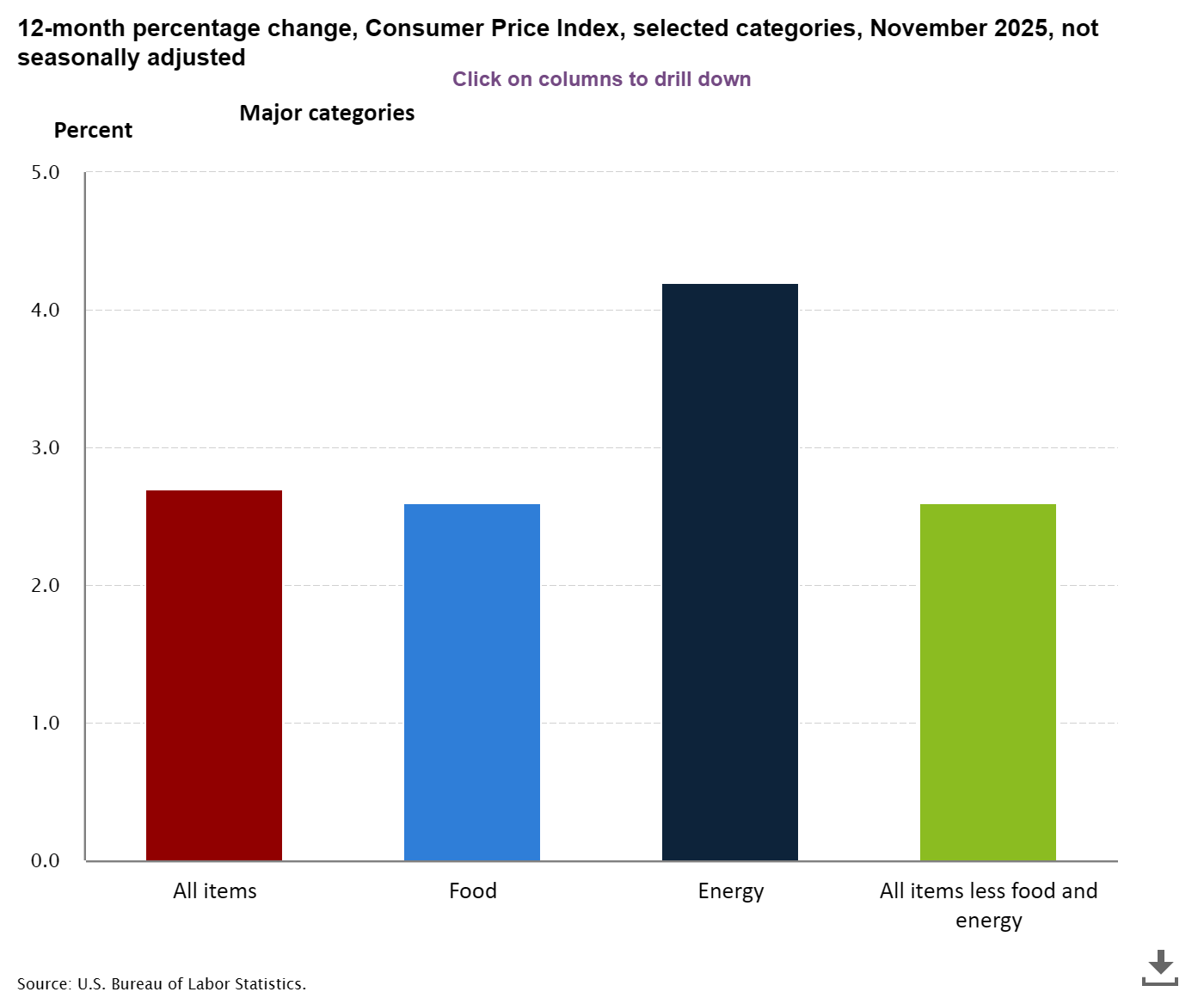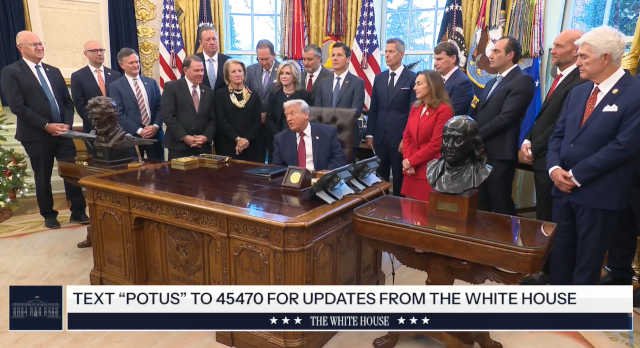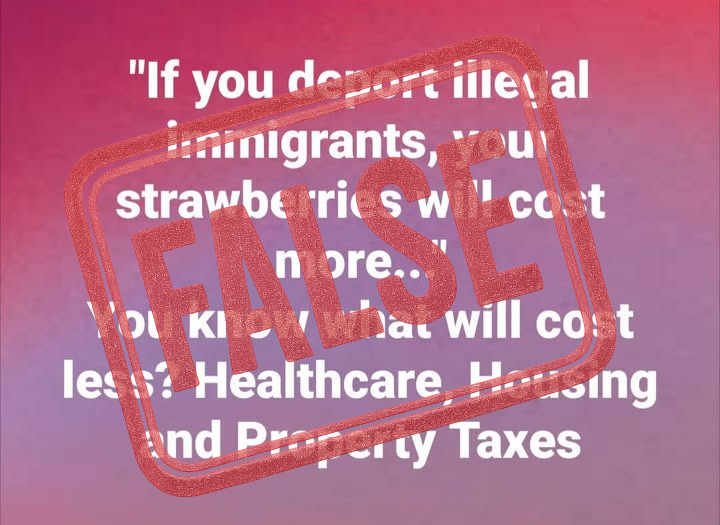Tag: Economics
-

State Job Openings and Labor Turnover — October 2025
The October 2025 state-level labor market data shows modest changes in job openings, hires, and separations across most states, with Alaska, Wyoming, and Montana seeing the most significant increases in job openings rates, while national rates remained largely unchanged despite complications from a federal government shutdown.
-

Gross Domestic Product, 3rd Quarter 2025 (Initial Estimate) and Corporate Profits (Preliminary)
The U.S. economy grew at an annual rate of 4.3 percent in the third quarter of 2025, driven by increases in consumer spending, exports, and government spending, while corporate profits rose 166.1 billion dollars compared to the second quarter.
-

Employment Situation Report: November 2025
The November 2025 employment report reveals a stalling job market with only 64,000 positions added, unemployment climbing to 4.6%, and nearly one million more Americans forced into part-time work. Federal job cuts continued for the seventh month.
-

Consumer Price Index for November 2025: Inflation Holds Steady at 2.7 Percent Despite Government Shutdown Data Gap
The Consumer Price Index rose 2.7 percent over the 12 months ending November 2025, with a federal government shutdown in October disrupting normal monthly data collection and requiring the Bureau of Labor Statistics to report a two-month change instead.
-

Evaluation of Donald Trump’s Statement on Inflation and Prices (December 12, 2025)
The statement by Trump is economically incorrect. It demonstrates a misunderstanding of inflation as a level rather than a rate, and it incorrectly equates disinflation with falling prices.
-

Trump Administration Announces Major Rollback of Automobile Fuel Efficiency Standards
President Trump announced December 3, 2025 the elimination of Biden-era Corporate Average Fuel Economy standards that the administration claims drove car prices up 25 percent, though automotive economists cite multiple factors beyond regulations. The policy rollback, accompanied by provisions in the “Big, Beautiful Bill” allowing tax deductions for car loan interest, comes as Ford pledges…
-

Critical Evaluation: Economic Claims About Mass Deportation and Their Impact on Food Prices, Healthcare, Housing, and Property Taxes
A recent social media image claims that mass deportation of undocumented immigrants would increase strawberry prices while decreasing healthcare, housing, and property tax costs. This analysis examines each claim against peer-reviewed research, government data, and economic analyses to evaluate their accuracy. The evidence reveals a fundamental misunderstanding of how immigrant labor and tax contributions function…
-
The $80 Billion Nuclear Bet: Understanding the Trump Administration’s Westinghouse Deal
The core question is not whether nuclear power has technical merit. Rather, it’s whether this particular arrangement represents sound policy or a costly mistake that mixes industrial policy with crony capitalism. Is this another step towards Trump’s version of state capitalism, or even outright socialism?
-

ACA Premium Tax Credits in States
This scatter plot reveals a fascinating and counterintuitive relationship between political preferences and healthcare policy usage across American states.
-
White House: BLS Has Lengthy History of Inaccuracies, Incompetence
This White House article presents a highly critical assessment of the Bureau of Labor Statistics under the previous administration. It accurately identifies notable BLS revisions, a significant benchmark adjustment, and procedural lapses in August 2024. However, its framing of these events as evidence of systemic incompetence does not fully account for the agency’s established revision…
-

Gross Domestic Product per Person in States
This scatter plot reveals a fascinating relationship between political preferences and economic prosperity across US states.
-

Gross Domestic Product in Counties
This scatter plot reveals a fascinating relationship between economic output and voting patterns at the county level in the United States.